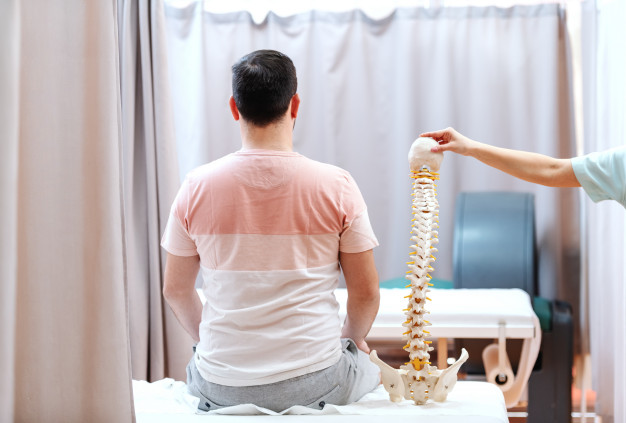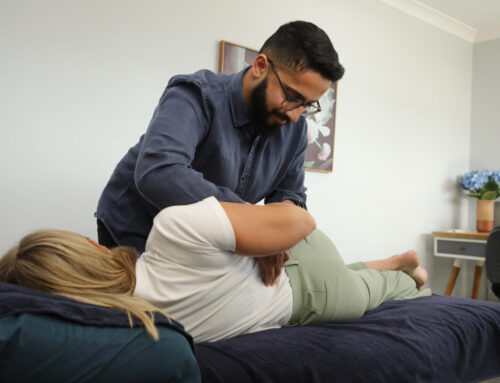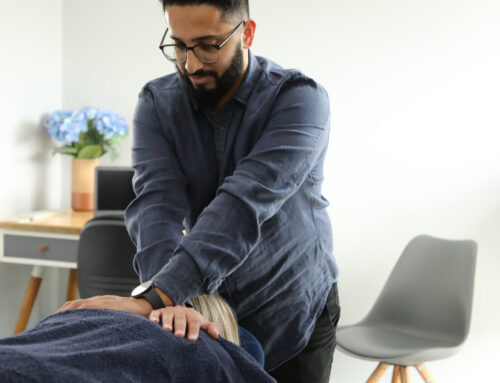
Neck and Back Pain From Sitting Too Long
Most people these days spend far too long sitting at a desk and working or playing games on their computers. If around eight out of 10 people are now expected to suffer from neck pain and upper, mid and lower back pain during some stage of their lives, chances are you are one of them, especially if you sit for too long.
But why is sitting too long bad for you? And what happens when you sit too long at work/home? The answer? Sitting is the new smoking, this sedentary work and lifestyle is a risk factor for poor health and poor posture, which can cause discomfort, neck pain, lower back pain and numbness which is at times is acute but also can become chronic.
Pakenham Osteopathy started in 2004 in a little room at the back of a health food shop with a simple idea: to make every client feel well and to feel special.
Fast forward 17 years and we are now one of the largest Osteopathic clinics in Melbourne.
GOOD POSTURE MATTERS
The importance of good posture is often overlooked when people are busy working to deadlines or keeping track of sales etc. But sitting too long in the wrong posture can eventually lead to serious lower back pain, numbness, neck pain and even leg pain due to muscle, joint and disc problems. An ergonomic lumbar supporting office chair should help you to control your posture.
For a good posture, keep your back flush against your chair and place your feet flat on the floor. If you can’t reach the floor use a device for the purpose. Keep your head in a neutral position with your ears in line with your shoulders.
If you have lower back pain, your shoulders might be slumped, so adjust the chair height so your thighs are angled slightly down. It helps distribute your weight evenly.
At Pakenham, we are a forward-thinking healthcare team of 10 Osteopaths with a collective 50 years of clinical experience.
ADJUST KEYBOARD AND HEIGHT OF MONITOR
The most ergonomic way to sit and work at a desk in front of a computer is to place the monitor so that the middle of the screen is directly in line with your nose. A monitor that is positioned too low causes you to angle your head downwards and put pressure and stress on your neck, causing neck pain. If the monitor is too high, your head will angle upwards and strain the neck muscles. If you work mainly on a laptop, try using a separate monitor if you can.
Place your keyboard close enough so your elbows bend about 90 degrees and high enough so you aren’t slumping your shoulders to reach the keys. Your mouse should be at the same level as your keyboard.
STAND AT YOUR DESK MORE OFTEN
Sit/stand desks are still popular in most offices, but they’re not meant for standing all day as this can be as bad for you as sitting too long. The secret is moving. The simple act of getting up and down burns more calories than either standing or sitting too long, so try alternating between them about every half hour.
You might think sitting in your office chair will help ease your fatigue, but it can add to your tiredness because it’s harder to maintain a good posture if you’re sitting too long.
LIMIT USING YOUR PHONE SCREEN
This is a hard one because wherever you look someone’s head is bent as they focus down into their phone or tablet screen, either texting, checking emails or social media apps or playing games. Using your phone for anything other than calls, with your head upright and the phone a proper distance from your ear and head can lead to a modern condition called ‘text neck’.
With your head held forward looking into a phone screen for a prolonged time can, in the short term, cause you to strain your neck, shoulder and back muscles. Worse, in the long term, this posture can even lead to joint and disc problems. It’s best to answer emails on your computer for the best chance at avoiding neck pain, lower back pain, and leg pain.
TAKE BREAKS, WALK AROUND THE OFFICE
To help avoid developing neck pain, back pain or shoulder and leg pain from sitting too long, get up and walk around the office every half hour or so. Walking breaks and getting up and stretching or moving about can help if you feel tightness or aches starting. While simple exercises can help, it’s best to consult your health provider for the right exercise program for your lower back pain, neck pain, shoulder or leg pain from sitting too long.
TALK TO AN OSTEOPATH
If you find yourself still dealing with aches and pains, we recommend talking to our professional Osteopaths at Pakenham Osteopathy. We match you with an Osteopath who takes the time to listen to your specific concerns and issues, and provides you with a tailored treatment plan for the best recovery.
Make a booking online today.



